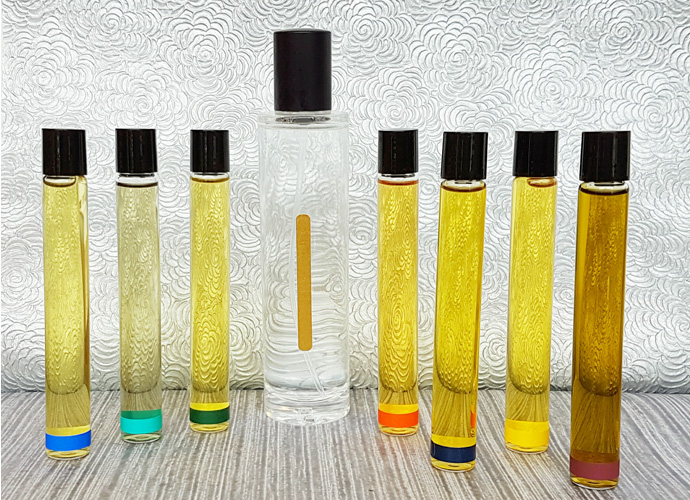
Our Modern Lives
As regular readers will know, I took a left turn into the world of fragrance not long ago to write We Wear Perfume and specialise in fragrance trends (yes, there is such a thing) as well as fashion.
One of my biggest problems with the perfume industry is the way the consumer is hoodwinked with false information around the ‘natural’ and ‘synthetic’ ingredients debate.
There is still a misunderstanding about how naturals must be ‘better’ than synthetics when in fact it’s often the complete reverse. Natural essences are made up of hundreds of molecules, many of which are allergens and irritants, where as synthetics are often one molecule, tested to within an inch of its life and unlikely to cause a skin problem. Sarah McCartney, from 4160 Tuesdays claims that many synthetics are as safe on the skin as tap water.
Naturals are beautifully complex because of all the molecules, but a single synthetic can also be amazing. Naturals are harvested from plants, some of which are endangered species (sandalwood- looking at you) whereas synthetics are a sustainable source of often very beautiful versions of the same scent. Some naturals can’t be captured – lily of the valley being one – whereas synthetics do a very good job of replicating (Diorissomo anyone?). Citrus oils such as lemon and orange are designed by nature as an insecticide to keep the plant safe from bugs. the essential oils can cause skin to rash-up, even though they are 100% natural.
I totally understand why you might want to be 100% natural, consumers want to remove excess chemicals from their lives and there is no reason why this can not be easily explained via the perfume marketing. Brands such as AS Apothecary clearly state their ingredients, and founder Amanda Saurin’s regular blogs even show where she’s picked and distilled her fragrance oils from. Naturals are a BIG trend in beauty and it’s going to influence fragrance too. But how are we all to know what’s in the bottle when a) most perfume communication is smoke and mirrors b) the origins of what’s in your perfume bottle are impossible to discover?
In the US there’s a growing trend to real transparency in perfume construction, brands such as Phlur give a very clear account of where everything comes from and who provides the ingredients. This week I listened to a fascinating talk by Betrand de Preville, from LMR naturals, part of International Flavours and Fragrances, a company which makes the very highest quality naturals (they supply to Chanel). He talked about the artisan rose farmers they work with in Turkey, and the exacting standards with which the blooms are picked and distilled to capture the essential aromas. These stories are SO much more interesting than the out-of-touch perfume imagery and story-line nonsense we are fed by many big brands.
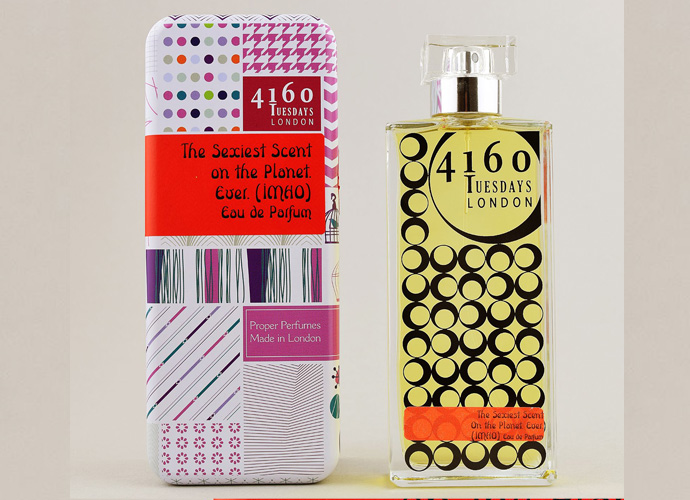
All the fragrance shoppers I get to meet really want to know more about what’s in the scent bottles they buy. So I am thrilled to see that Sarah McCartney is tackling this debate head on, with the launch of a new fragrance range Our Modern Lives, which tells you exactly what’s in the bottle. She’s constructed seven natural botanical fragrances and two gentle synthetics, which can be worn independently or layered together. Sarah’s one of the most interesting indie perfumers around and her interesting and high quality scents are both lovely and reasonably priced. Her Sexiest Scent On The Planet is a winner, as is the delightfully British What I Did On My Holidays. She’s pushing the debate by being both super-transparent and by creating a platform for discussion.
She’s crowdfunding the campaign here (the goal will probs be reached by the time you read this) and there’s more about the fragrances too. Sarah’s taught yoga for 21 years and her customers are increasingly asking for natural fragrances. She told me “I’d like to shed some light on the debate by being open about what we’ve put into our fragrances. That way people can make a properly informed choice, rather than just picking the option that sounds comforting, but doesn’t really give them what they need. For me, the best fragrances combine the depth and complexity of naturals with the staying power and texture of synthetics. After listening to our customers, I’ve separated them out so you can wear just the naturals, the synthetics, or both together.”
Sarah is at the forefront of a desire to know more about what’s in out beauty and fragrance bottles. Just as we all wanted to know more about what went into our food and wine, so it is shaping up with perfume.
For more on Sarah and her 4160 Tuesdays fragrances see here.

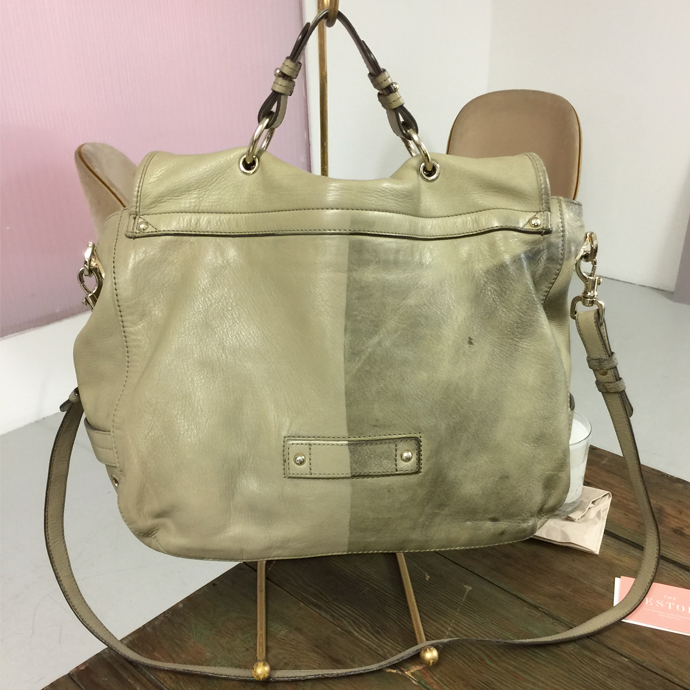
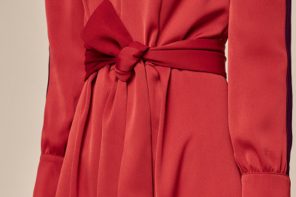
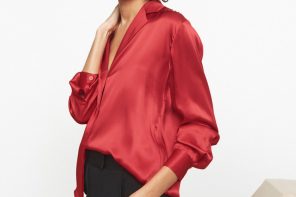
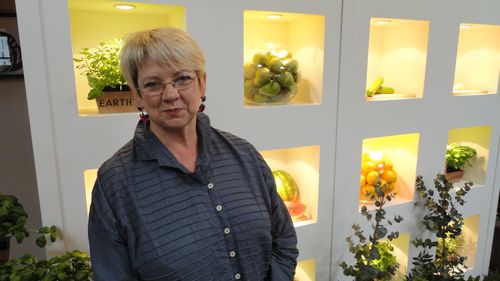
As someone that thinks that an offer of fragrance in a department store is akin to a physical assault, I long to wear a fragrance that will not swell my eyes shut. I would love to know exactly how and what causes this reaction and I would be happy to purchase a synthetic scent.
The only place that I have ever had a positive experience purchasing fragrances was in Paris. The young woman assisting me was not only highly informed but very determined and sympathetic to my problem. She spent a generous amount of time assisting me and I bought many wonderful fragrances for myself and as gifts for my family.
I am an avid gardener and have have never been afflicted by hayfever but put that same blossom in lotion or potion and I am a wheezing, watery mess.
Wendy, don’t get me started on the retailing of fragrance, I can count on one hand ALL the stores in the UK that sell fragrance well. Department stores can be a nightmare! Sorry to hear about your eye problems when wearing scent, how horrible for you. It is entirely possible a synthetic scent may be a good way to go. A
This sounds interesting. Does Sarah only sell online? I don’t think I’d buy a fragrance without smelling it first.
Hello, Sarah here. (Apologies for the essay that follows :-) )
Jan, we also sell in a handful of lovely shops in the UK, but as Amanda says, don’t get us started on fragrance retail! We sell taster sets online so that our customers can try them before committing, and there’s a sample set in our Our Modern Lives crowdfunding project too.
Wendy, Since I started hearing from who’d like fragrances with no allergens in them, I’ve made two for Our Modern Lives. They are both soft , smooth scents: Alpha (I can’t find a way to write the Greek letter here) is slightly more woodsy and Beta is a gentle musk. So far, those who can’t wear any other perfumes have been very happy with them.
Essential oils are lovely but really concentrated, the product of extraction from plant materials: it takes a ton of rose petals to make a kilo of rose absolute. It’s been a difficult process to make lovely natural fragrances which don’t contravene perfume restrictions.
In the US they don’t have such exacting rules, so there are a lot of 100% natural fragrances there which are considered too dangerous to sell over here. On the other hand, the French and British are very good at reassuring people their fragrances are completely natural even though it’s not true; they just don’t want to alarm anyone. This intensifies the myth that naturals are safe. That really winds me up!
PS Quick note to say that I don’t actually claim that most synthetics are as safe on the skin as water, but many of them are.
Very Good article about perfumes. If she sells online is good if she can send samples. No way to buy if we can’t smell it first. Thanks for sharing!
Good article on perfumes & well explained it.